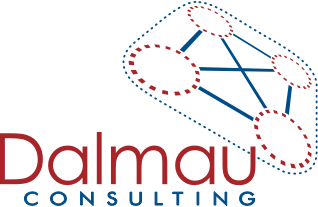What is Go Visual?
To “go visual” means, you display your information visually as well as verbally (and sometimes even instead of verbally) to the people with whom you are communicating.
There are many ways to do this: from using whiteboards, PowerPoint sketching diagrams, even using you hands and fingers as “marker” points.
When you go visual, it allows the other person to be more autonomous and if indeed they were not paying attention they can ‘catch- up’ on the message by seeing it written. It equalizes the power relationship between the parties and objectifies the information, so both parties are responding to the information and not each other.
This is especially important when giving an instruction, explaining a tasks and for meeting agendas.
Benefits of going visual.
Visual communication allows for,
- Faster processing – For a long time the world of marketing has known that “a picture paints a thousand words”, and more research is showing that our brains process visual images thousands of times faster than text
- Less ambiguity – Visual communication allows for clearer communication that is less open to interpretation
- Better retention – A Wharton Research Centre study has shown that the retention rate of verbal only presentations is approximately 10%. However, when you combine visual messages with verbal communication, you increase the retention rate to nearly 50%.
- More control of group attention – As a meeting facilitator, having one visible agenda (rather than individual copies of agendas on paper) allows you through gesture and body movement to get attention and have more control over the group and hence keep the meeting on track.
- Reduction in volatility / emotional responses – When there is information to convey that is difficult or may result in an emotional reaction, having the information visible – on a whiteboard, flipchart of screen in a group, or on a piece of paper, whiteboard, document or screen for individuals it gives you several advantages and provides the person or group with a degree of psychological safety. By keeping your own eyes on the visually displayed information (could be dot points, a diagram / sketch, report etc) and directing the listener’s eyes to the visual information helps make the issue objective rather than personal and allows you to maintain low breathing by reduced eye contact.






